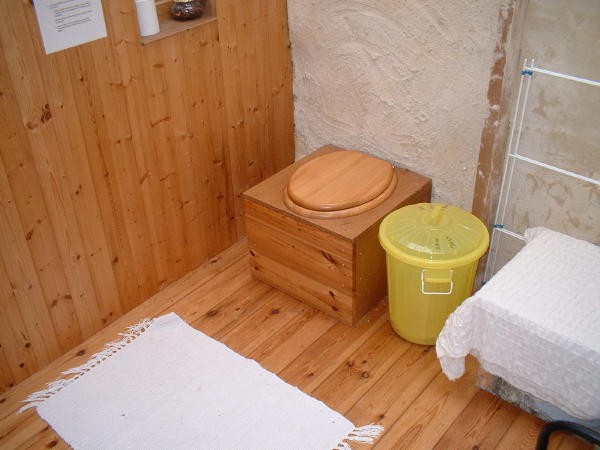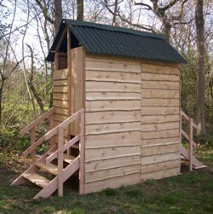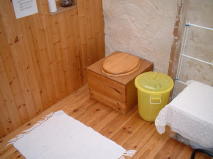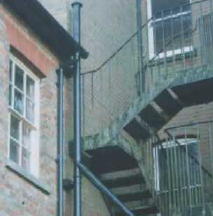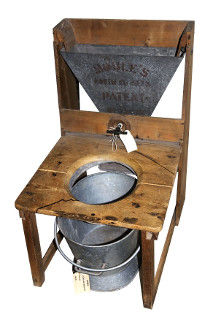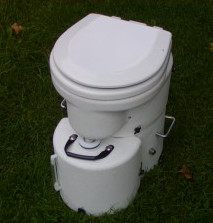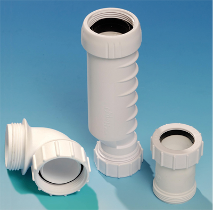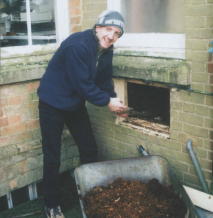The Secret Life of Chickens

Janice Houghton-Wallace looks at the secret life of chickens, specifically the pecking order and explores how their unique society operates.
Give chickens appropriate housing, adequate feed, water and protection from predators, and they will seemingly thrive. However, if you look a little closer there are different social reactions going on and it can be easily seen how and why disputes and other forms of behaviour take place. This is mainly because there is a ‘pecking’ order and a rigid identification of ‘leaders’ and ‘followers’. If we understand this it helps us to look after them better.
Chickens that grow up together from chicks usually get on in later life. Gender plays a part though, and cockerels will behave like lusty teenagers and fight amongst themselves for dominance of the girls. Strange cockerels will fight just because one of them has invaded the other’s space, and sometimes quite nasty encounters can take place before one bows to the other and keeps a distance. Sometimes, this loser will feel so admonished that he will leave his hens in the location of the other cockerel.
Introducing new birds to others is always difficult and should only be done with care. Try not to introduce just one bird but a minimum of two to a group of others, and this is best done by moving all the birds to a different environment. Then there is something new for everyone to get accustomed to. You can also introduce the new birds gradually by keeping them within seeing distance for several days.To chickens, another bird may be a threat, possibly a health risk or simply a disruption to the established pecking order. The pecking order is really nothing more than establishing who is the head of the family and who is next in importance, down to the last bird in the group. It is also related to territory, and the head of the pecking order will be expected to defend this.
A cockerel will take his lead responsibility very seriously. Occasionally, a cockerel may become rather overpossessive and try to protect his territory and his flock against anything, including the person looking after them. If such a cockerel begins to charge at you whenever you go into the pen, pick him up and cuddle him or completely ignore him. Do not, however, be tempted to retaliate because this will just enforce the bad behaviour. Should the aggressive habit worsen it is better to have the bird dispatched, as a nasty cockerel can be unnecessarily dangerous.
If new birds are introduced to an established group and the pecking order is thrown into disarray some bullying can take place, which can be more or less serious for individual birds. The problem is that once bullying happens it can take some time for the behaviour to stop, and just occasionally it never does.
When taking out a bird that is being a bully, the victim then often turns on another, and so the domino effect goes on. It is almost a tribal impulse that every bird has its place, but this has to be worked out by them and sometimes they differ in their opinions of their own importance. Very occasionally this can lead to physical damage and exhaustion.
Any chickens that are being bullied or live in fear of other situations will not be as productive as contented ones. Always make sure there are sufficient feeders, so that birds at the bottom of the pecking order at least do not go without feed.By talking to and handling the birds from an early age, your chickens will not be fearful of humans and will be less liable to express fear in later life by trying to escape capture. Fear is defensive behaviour, and this can be seen by avoiding capture. By chasing chickens you are behaving like a predator, and that is how the birds will perceive you.
The poultry that we keep may be considered by us to be ‘domesticated’, but they still retain their natural instincts. If allowed to they will become very inquisitive and explore their patch, scratching in interesting places for morsels such as insects and bugs, which are considered treats. Foraging is an important behaviour for chickens, which use their beaks to turn over grass and other substances, then scratch further with their claws in order to then peck at the seeds, insects or grit that they find.
They enjoy sunbathing, dust-bathing, socialising in their groups, perching, running around, flapping their wings and jumping up on objects like gates. This is all natural behaviour, and if carried out the chickens will be healthier, fitter and essentially more productive.
All poultry have a very strong urge to mate and pass on their genes to the future generation. This is why cockerels fight: they want their genes to be the ones to continue. Hens will become ‘motherly’, and after an egg-laying cycle will go broody, in anticipation of rearing the next generation.
On rare occasions you may find a cockerel helping to look after the chicks. However, generally, cockerels like to carry out the necessary actions to produce fertile eggs and then want nothing to do with the little ones, and could even be hostile to them. Cockerels carry out basic survival behaviour, and this is illustrated by a cockerel calling the hens when he sees a tasty morsel to be had. A male’s natural instinct is to hunt and provide for the family.
Chickens look out for each other and will watch out for danger. If this is sensed, a warning call will be given and the birds will run for cover, either under bushes or back to their housing. Broodies are especially alert and will warn chicks of anything they are unsure about.A whole group of birds will also complain noisily if they are concerned about something. The birds are on the alert for predators from the sky, such as birds of prey and crows; on the ground, from mainly foxes, mink and badgers; or even humans, if they are strangers and behaving in a threatening manner, such as chasing them.
Janice Houghton-Wallace is founder of The Turkey Club UK, set up in 2001 to promote standard varieties of turkey.
The aim of the club is to :
- Conserve and promote all pure varieties of turkey
- To identify and maintain breed standards
- To encourage and assist with advice, anyone wishing to keep turkeys
- Work towards establishing a higher profile for the turkey, as an exhibition bird and utility species of poultry.
- Whenever appropriate, promote the turkey by education and illustration.








 not broody!
not broody!















